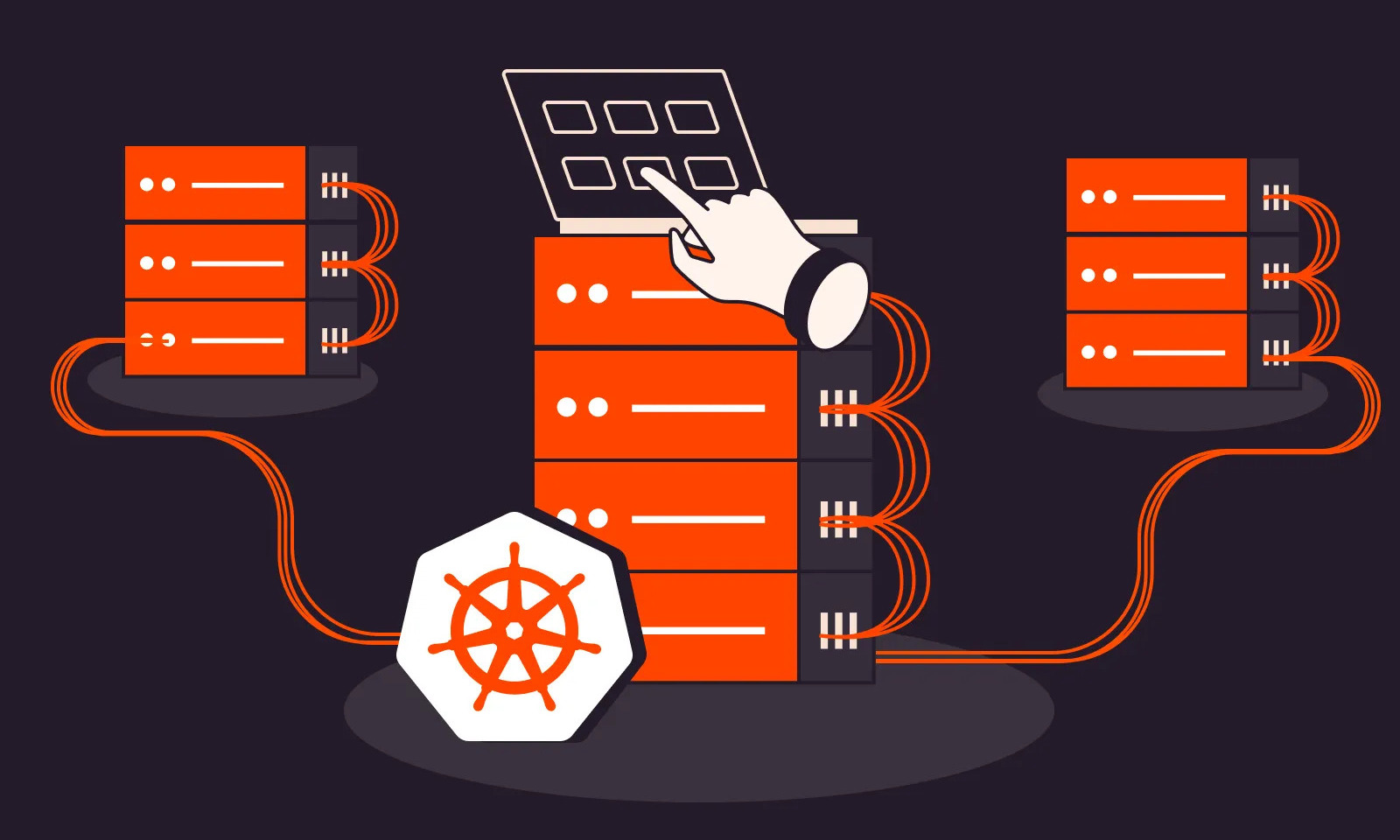Laying the Foundation for a Robust System to Handle Massive Data
The amount of information that needs to be processed today can no longer be handled by a single machine. Instead, multiple computers are connected to work together—and this is where compute grids come in. In this kind of setup, many machines collaborate toward one goal: to process big data quickly, accurately, and simultaneously.
For projects involving video analytics, scientific modeling, or large-scale data collection from sensors, a simple server isn’t enough. What’s needed is a structure capable of handling heavy workloads without slowing down. In a compute grid, tasks can be divided so that everything gets done in parallel.
Building this kind of system isn’t just a technical endeavor—it also requires strategic thinking. This involves discussing efficiency, reliability, and scalability. So before plugging in wires or deploying scripts, it’s important to first understand how the grid contributes to the overall goal of the project.
Planning the Right Number of Nodes
Each node in a compute grid is like one of many gears in a giant machine. Too few, and the system slows down. Too many, and resources are wasted. The right number of nodes depends on the type of data and the workload size.
If the project involves months of data logs from thousands of sensors, more nodes are needed for parallel processing. On the other hand, if the analysis only focuses on summary reports, fewer nodes with higher specs may be sufficient. The ideal balance depends on the data’s nature and processing frequency.
In some situations, data arrives all at once—such as real-time streams from monitoring devices. In these cases, dynamic scaling is necessary. You can add nodes during peak hours and reduce them when traffic is low. This way, the budget isn’t wasted on idle machines.
Efficient Load Distribution is Key
A compute grid isn’t just a random group of computers. There’s a system in place so each part knows when to act. This is where load distribution comes in. The goal is to evenly distribute tasks so that no machine is overloaded while others sit idle.
Without a proper load balancer, some nodes may become overwhelmed while others do nothing. Besides wasting resources, this increases the chance of errors. For example, in a data parsing project, if all the JSON files are sent to a single node, it will choke and slow down the entire grid.
A good load distributor considers real-time performance. It checks which nodes are available, how heavy their current tasks are, and whether there are any errors pending. This ensures that no time or energy is wasted within the compute grid.
Optimizing Network Connectivity
No matter how powerful each node is, a weak network connecting them renders the system ineffective. The network is like the nervous system—where instructions, files, and results flow. If it’s slow, the entire operation lags.
In a grid system, data movement is higher than in regular computing. Stable and fast communication lines are needed. Using dedicated switches and high-speed Ethernet is one of the basic steps. In large setups, fiber connections are sometimes used for faster transfers.
Some projects implement distributed data placement. Instead of relying on a central server, data is split and placed close to the nodes that will process it. This reduces traffic and speeds up execution. In a well-designed setup, the grid operates almost in real-time.
Using Cluster Managers
Just like a company needs a manager, a compute grid needs a cluster manager. This component organizes tasks, monitors system health, and decides where to assign each job. A good cluster manager simplifies what would otherwise be a complex process.
One of its roles is task scheduling. When a job needs processing, it’s not sent to just any node. The manager looks at availability, load history, and data proximity before making an assignment. This speeds up processing and reduces errors.
Additionally, the cluster manager can detect failures. If a node stops responding, it alerts the system and reroutes the task. No manual intervention is required, so work continues even if a part of the system fails.
Protection Through Redundancy
In big data projects, data loss is unacceptable. That’s why redundancy—duplicated copies of files and instructions—is essential. In compute grids, this is done through data replication and job backup strategies.
If a job is high-impact, the system may allow it to be processed by two nodes. The first is the main node, and the second is a backup. If the main node encounters an error, the backup continues processing. There’s no need to start over.
For data files, strategies like sharding (splitting) and replication (duplicating) are used. In projects like predictive modeling for climate data, losing even a small portion of input is unacceptable. So redundancy isn’t just an added expense—it’s protection for the entire process.
Tuning the System for Specific Tasks
Big data isn’t all the same. Some projects focus on number crunching, while others on text analysis. So compute grids also need different configurations. This is where system tuning comes into play.
For numeric-heavy projects like financial forecasting, high-performance computation is essential. You’ll need more CPU cores than memory. Conversely, linguistic analysis projects are more memory-bound—large RAM per node is more important than raw processing power.
System tuning is done before actual processing starts. You analyze data characteristics, evaluate the expected workload, and configure the environment accordingly. This is why some grids run faster than others with identical hardware—the tuning makes all the difference.
Proper Disk Allocation for Large Files
It’s not enough to have plenty of disk space. The question is how it’s allocated and used. In compute grids, many jobs produce large output files. Without proper disk allocation, one node’s storage might fill up while others sit mostly empty.
The solution is a distributed file system. Instead of storing files on a single node, all nodes access a shared storage pool. This removes the need to copy files for each job—a single path can be used. It also simplifies usage tracking.
For archiving and backups, retention rules can be set. For example, processed output may only be kept for 7 days before moving to cold storage. This prevents active disks from clogging up and ensures smooth operation.
Monitoring Health and Performance
A compute grid setup isn’t complete without a monitoring system. This tells you if loads are spiking, if a node has stopped, or if a part is slowing down. Good monitoring is proactive—not reactive.
With monitoring tools, you can view CPU usage graphs, memory trends, and disk status. If a node frequently hits high load, there may be a problem with job assignments or stuck processes. Early detection means faster resolution.
Monitoring isn’t just for metrics. Sometimes even hardware temperature is tracked. Compute grids run continuously, so preventing overheating is vital. Some systems have auto-throttle features when temperatures exceed safe levels.
Stronger Results Through Compute Grids
Projects involving millions of data points need robust and flexible systems. Compute grids answer this need. It’s not just about power—but coordination, efficiency, and reliability.
From node distribution to monitoring, every component of the grid has a role. When everything flows smoothly, processing is faster and errors are fewer. So no matter how big the data, the system remains manageable.
In today’s world, where information dictates the direction of business or research, regular setups are no longer enough. Compute grids are becoming the backbone of grander plans. With their help, every data point becomes more meaningful.



